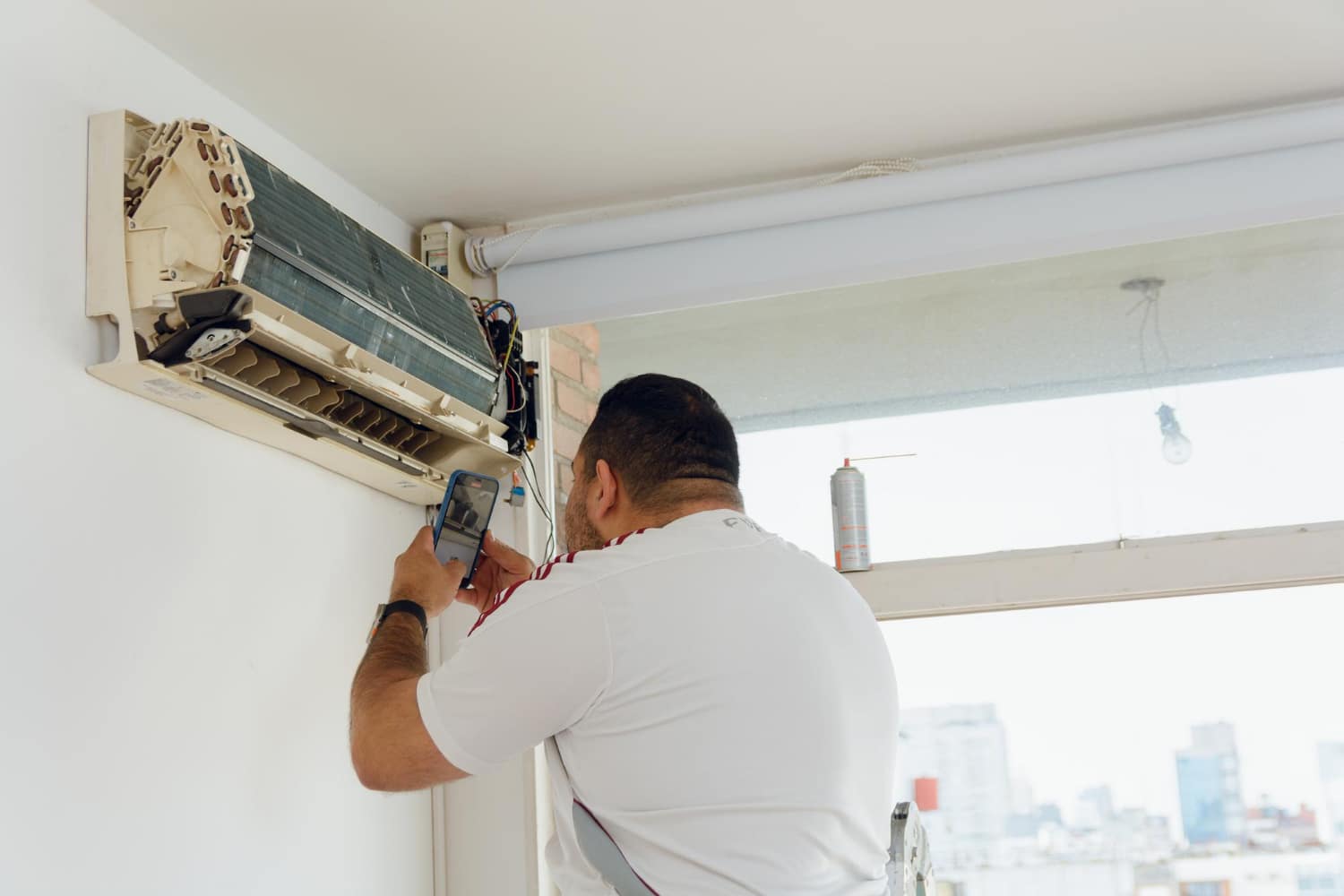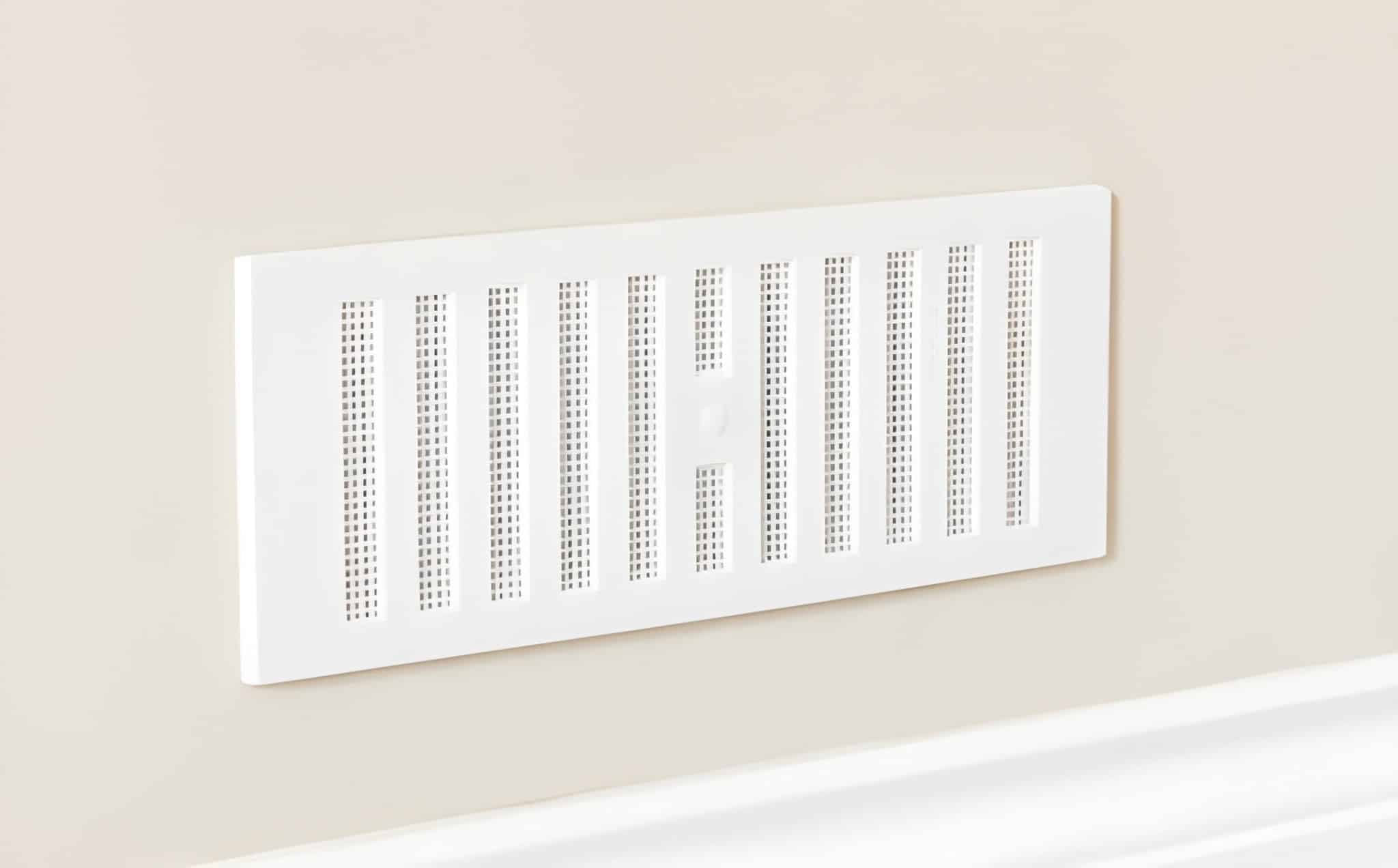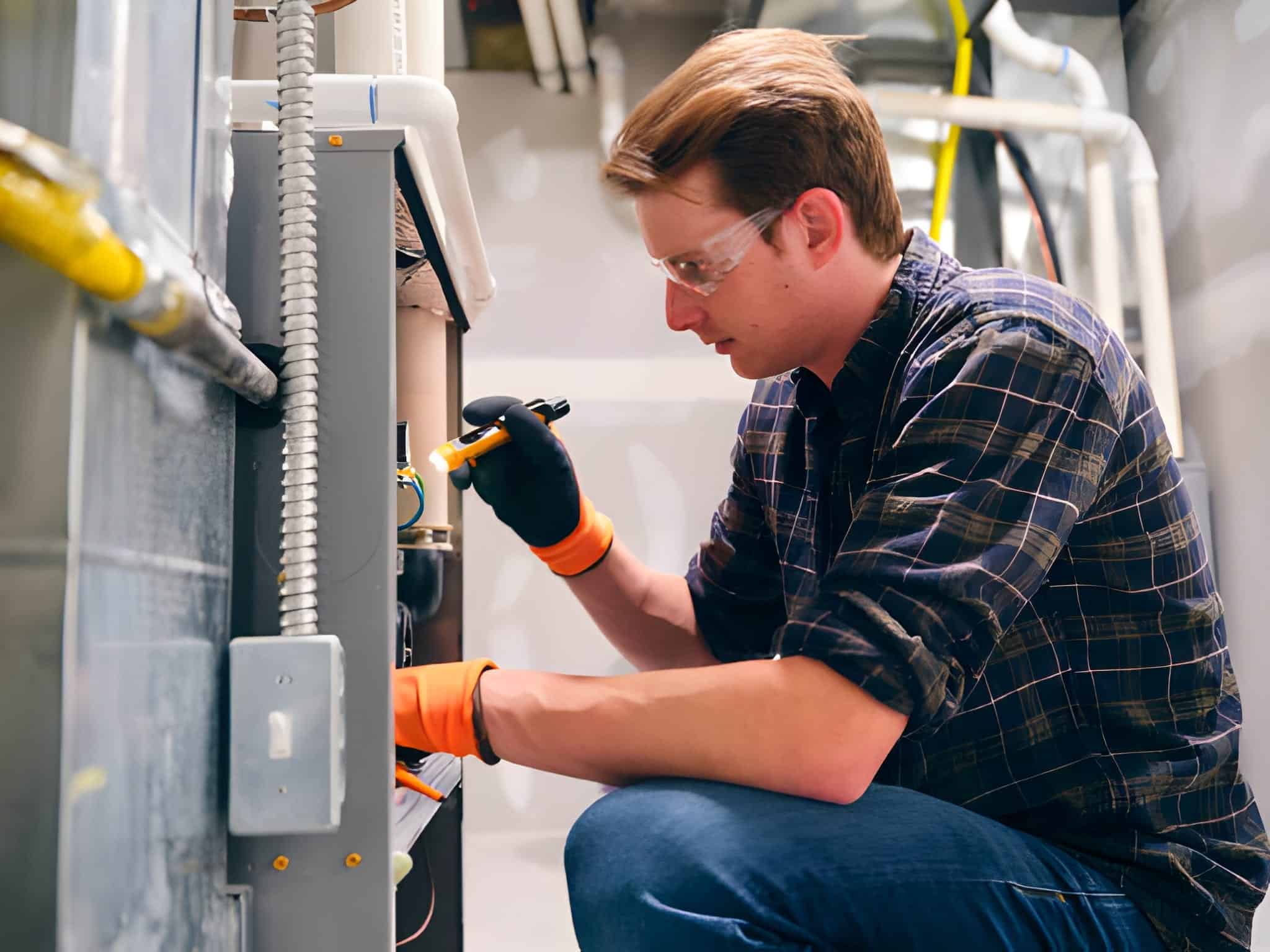For families in Oshawa and Cobourg, keeping the HVAC system in top condition is a smart move. Regular maintenance keeps your system working smoothly, especially as seasons change. This kind of attention doesn’t just help you stay comfy but also prevents future hassles and costs. Preventive maintenance is like giving your HVAC some routine TLC. When you check on the system regularly, you catch small issues before they turn into big ones. This way, when the chill really sets in, your home stays warm and inviting without missing a beat.
Why Seasonal Maintenance Is Important
Keeping up with seasonal maintenance offers several benefits. Here’s why investing time in your HVAC check-up is so wise:
– Longer Lifespan: Giving your HVAC system regular attention helps it last longer. Just like how a well-tuned car runs better, a maintained HVAC system breaks down less and serves you for many more years.
– Spot Problems Early: Maintenance is a fantastic way to find and fix issues before they become big problems. Early detection can save you a lot of money and prevent unexpected cold nights.
– Energy Efficiency: An efficient HVAC system uses less energy to keep your home comfortable. This means lower energy bills and being kinder to the environment. Imagine your HVAC system working less but performing better, making every penny of your bill count.
– Consistent Comfort: With regular checks, you avoid the frustration of an underperforming system. This means no hot or cold spots in the house, just smooth, consistent comfort. Maintenance doesn’t take a day off when it comes to ensuring your comfort. By paying attention to your HVAC system seasonally, you not only extend its life but also enjoy a more reliable performance all year round. Regular care is your best bet to keep things running smoothly, providing peace of mind as each season makes its entrance.
Key Components of Seasonal HVAC Maintenance
Keeping your HVAC system performing well means focusing on some key areas during maintenance. These tasks are essential to ensure everything runs smoothly and efficiently through the cooler months. Here’s what needs attention:
– Air Filters: Regularly checking and replacing air filters is a must. Dirty filters restrict airflow, making the system work harder than it should, which can lead to higher energy costs and wear on the unit.
– Ducts: Inspecting and cleaning ducts is crucial for proper air distribution. Dust and debris can build up, causing blockages that reduce efficiency and compromise air quality in your home.
– Thermostat: Make sure the thermostat is properly set and functioning. This is essential for maintaining a consistent temperature in your house. If it’s not calibrated correctly, it could lead to discomfort or excess energy use.
– Electrical Connections: Safe electrical connections are vital for avoiding hazards and ensuring everything works as it should. Checking and tightening these connections helps prevent issues and keeps your HVAC system safe.
– Moving Parts: Lubricating moving parts like fans and belts can prevent friction and wear. This simple step helps ensure they’re operating smoothly, reducing strain on the system.
Signs It’s Time for HVAC Maintenance
Knowing when your HVAC system needs attention means staying alert to certain signs. These can help you maintain optimal performance and prevent bigger issues down the road:
– Unusual Noises or Smells: Strange sounds or odours coming from your HVAC unit could indicate a problem that requires immediate attention.
– Inconsistent Temperatures: If some rooms are too hot while others are too cold, it might be a sign your system isn’t distributing air evenly.
– Increased Energy Bills: An unexplained jump in energy costs can suggest your system is working harder than it needs to.
– Frequent On-Off Cycling: If your system keeps turning on and off, it may not be running efficiently.
– Poor Indoor Air Quality: Dust buildup or increased allergy symptoms in your home can be an indicator of a maintenance need.
Professional Oshawa HVAC Maintenance Services
When it comes to maintaining your HVAC system, there’s nothing like the reassurance of professional service. Pros bring expertise and experience that ensure comprehensive system checks and reliable solutions. Here’s why enlisting professional help pays off:
– Advantages: Professionals have the right tools and knowledge to identify and fix issues you might miss. This expertise is valuable in prolonging the system’s efficiency and life.
– What to Expect: A service visit includes thorough inspections of all components, detailed cleaning, adjustments, and vital repairs. This helps guarantee that the system will function as it should, keeping comfort at peak levels all winter.
– Regular Check-ups: Scheduling consistent maintenance visits with professionals helps catch and rectify problems early, reducing the risk of unexpected breakdowns when you need your system the most.
Stay Comfortable All Year Round
Maintaining your HVAC system might seem like just another task, but it’s really about ensuring peace of mind and comfort for your family. Regular care keeps you comfortable and helps you avoid surprises as each season arrives. Take a moment to think about how regular upkeep can keep your home cozy and your energy bills in check. Keeping your HVAC system in great shape is an investment in your home’s comfort and efficiency. By staying proactive, you ensure that everything runs smoothly, giving your family the warmth and comfort they need during the cold months.
To keep your home warm and cozy throughout the season, consider investing in professional care. Discover how Oshawa HVAC maintenance services can ensure your system’s peak performance. Trust Fortis Heating & Air Conditioning to provide the expertise needed for your HVAC system to run efficiently and reliably.












